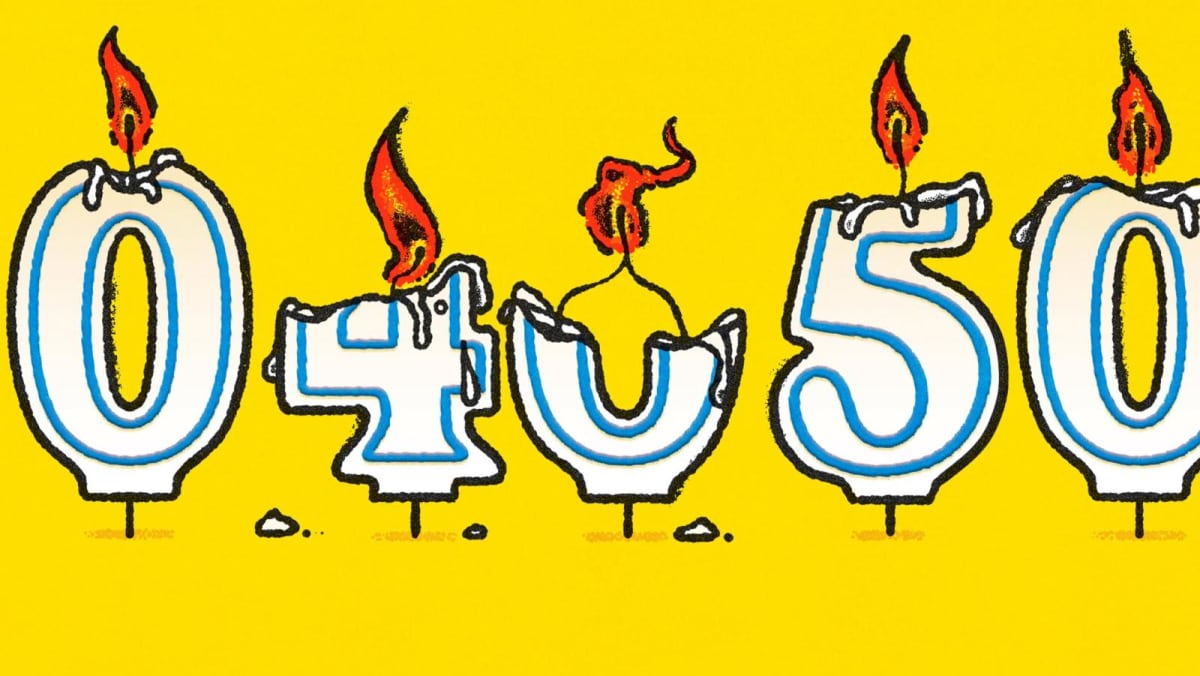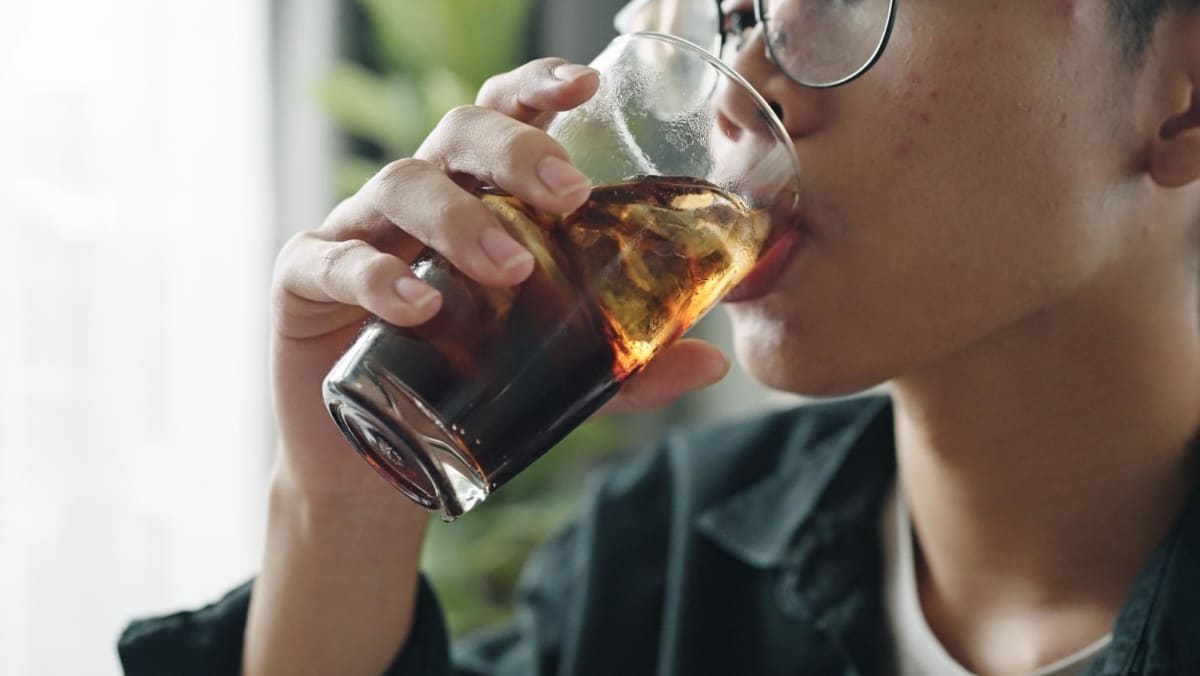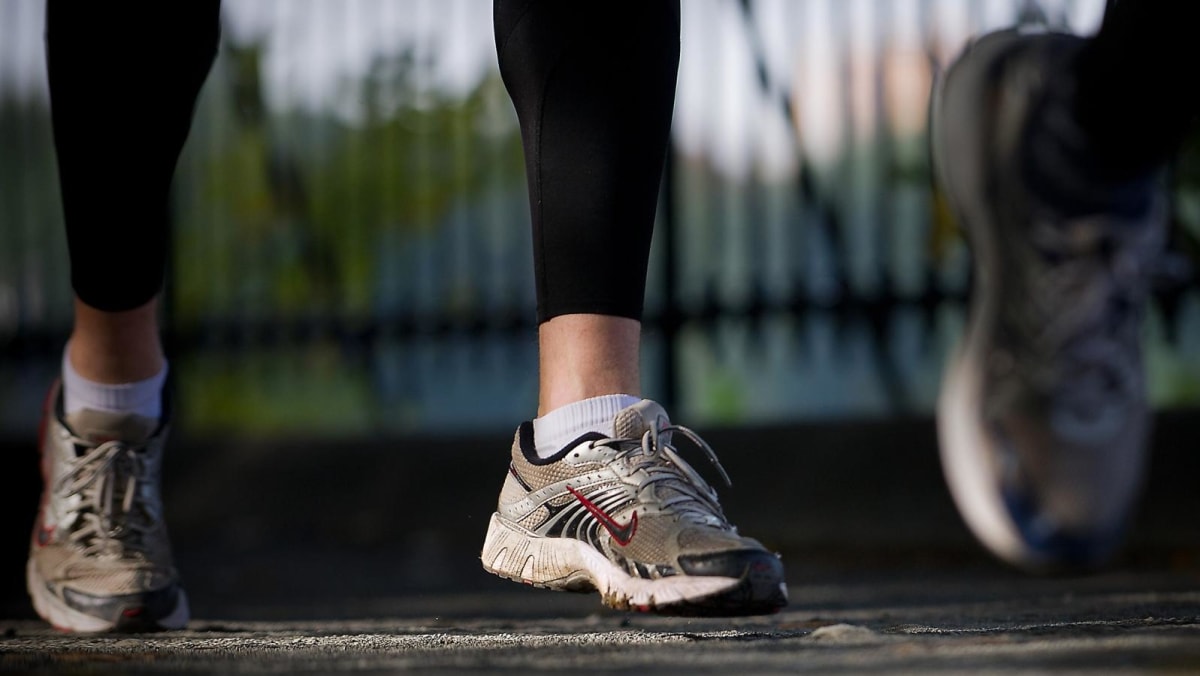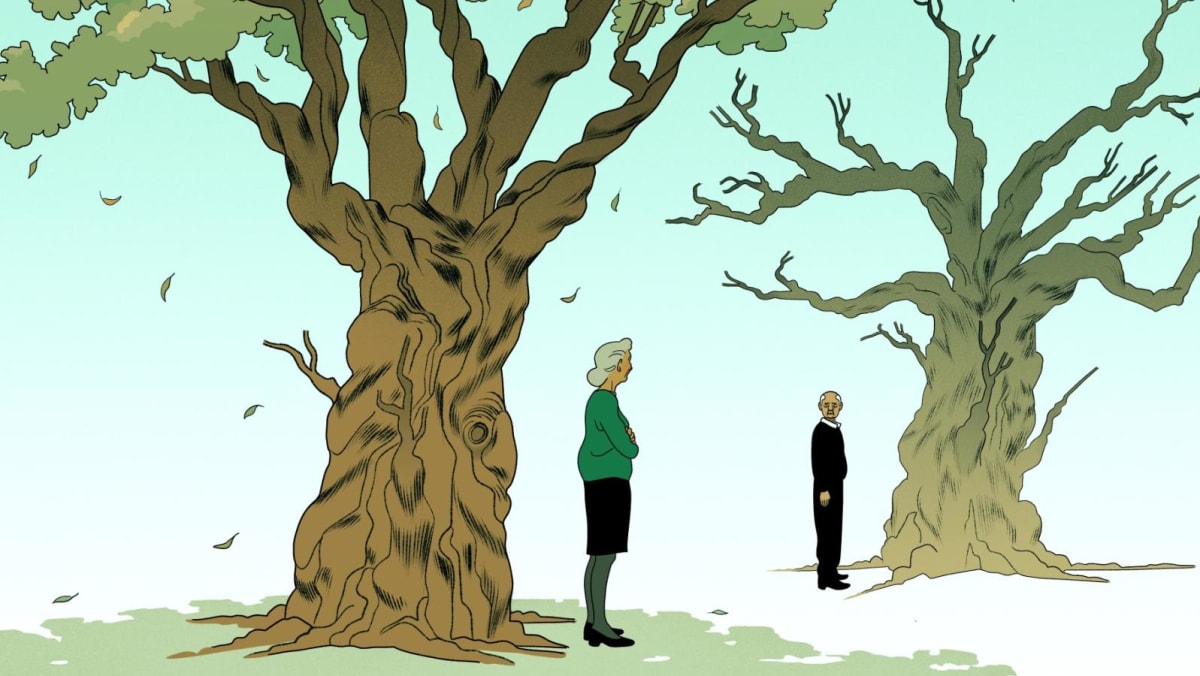People are drinking more as they hit midlife – and suffering the consequences. Those between the ages of 35 and 50 in the US reported record-high levels of binge drinking in 2022. One recent study found that the greatest increase in heavy alcohol use between 2018 and 2022 was among people in their 40s. Doctors are particularly concerned about rising alcohol consumption among middle-aged women, as more of them develop alcohol-related liver and heart disease.
Researchers are not entirely sure why middle-aged drinking is on the rise, though they noted that adults in this age range faced the pressures of caring for both children and ageing parents, heightened demands at work and “historic” levels of loneliness.
But the trend is troubling: Middle age is already the time when the health effects from decades of drinking, including cancer and heart or liver disease, often start to emerge. And drinking is also more dangerous at midlife, as the body becomes less able to process alcohol and as more people develop chronic diseases that drinking can worsen.
“I don’t like to be alarmist,” said Katherine Keyes, a professor of epidemiology at Columbia University. “But I think at this point, it’s pretty alarming.”
A night of heavy drinking is more risky at 55 than at 25, for a few reasons. Alcohol can compound health issues that are common in middle age, like blood sugar problems or high blood pressure. Even a drink or two can temporarily raise a person’s heart rate, for example, increasing the risk of heart attack or heart failure. These effects are especially troubling for those who already have pre-existing heart disease.
And common medications people take more frequently in middle age, like blood thinners, can interact with even small amounts of alcohol and potentially cause serious complications like internal bleeding.
As we age, our bodies process alcohol less efficiently, and our tolerance can dip. The liver strains more to metabolise that martini or manhattan. The natural loss of muscle mass that begins in your 30s can make some people more sensitive to the effects of drinking. All of this means that alcohol can linger in the bloodstream for longer, which can lead to a higher blood alcohol concentration and cause people to become more intoxicated, more quickly. This, in turn, can cause falls and other injuries, said Johannes Thrul, an associate professor at the Johns Hopkins Bloomberg School of Public Health.
“If you’re younger, your body can bounce back more easily and recover more quickly,” Dr Thrul said. “But as you age, that just gets harder.”
Generally speaking, the longer alcohol stays in a person’s system, the more severe the hangover. And the morning after drinking can be especially brutal in midlife because alcohol disrupts sleep, which already tends to decline in quality as we age.
A couple of cocktails might make you “feel really good for 15 minutes, maybe a little longer, and feel absolutely rubbish all of the next day,” said Timothy Stockwell, a scientist at the Canadian Institute for Substance Use Research.
Drinking during midlife can also harm your future health: Emerging research suggests that heavy drinking in middle age may raise the risk of cognitive impairment later in life, which may be because alcohol can damage brain cells. The US Surgeon General recently said that drinking contributes directly to cancer risk, and has called for warning labels on alcoholic beverages.
Scaling back on alcohol can dramatically cut the risk of developing or worsening chronic diseases linked to drinking, Dr Stockwell said, since drinking less can lower blood pressure and blood sugar and, in some cases, help people lose weight. Even if you have been heavily drinking for years, your liver can at least partly recover and regenerate if you stop. And cutting out drinking can also help people recover from conditions like alcohol-induced cardiomyopathy, which occurs when long-term heavy drinking damages the heart.
“You don’t have to just accept this or just feel bad about yourself and leave it there,” Dr Thrul said. “There’s hope – there’s something on the other side.”
By Dani Blum © The New York Times Company
The article originally appeared in The New York Times.














